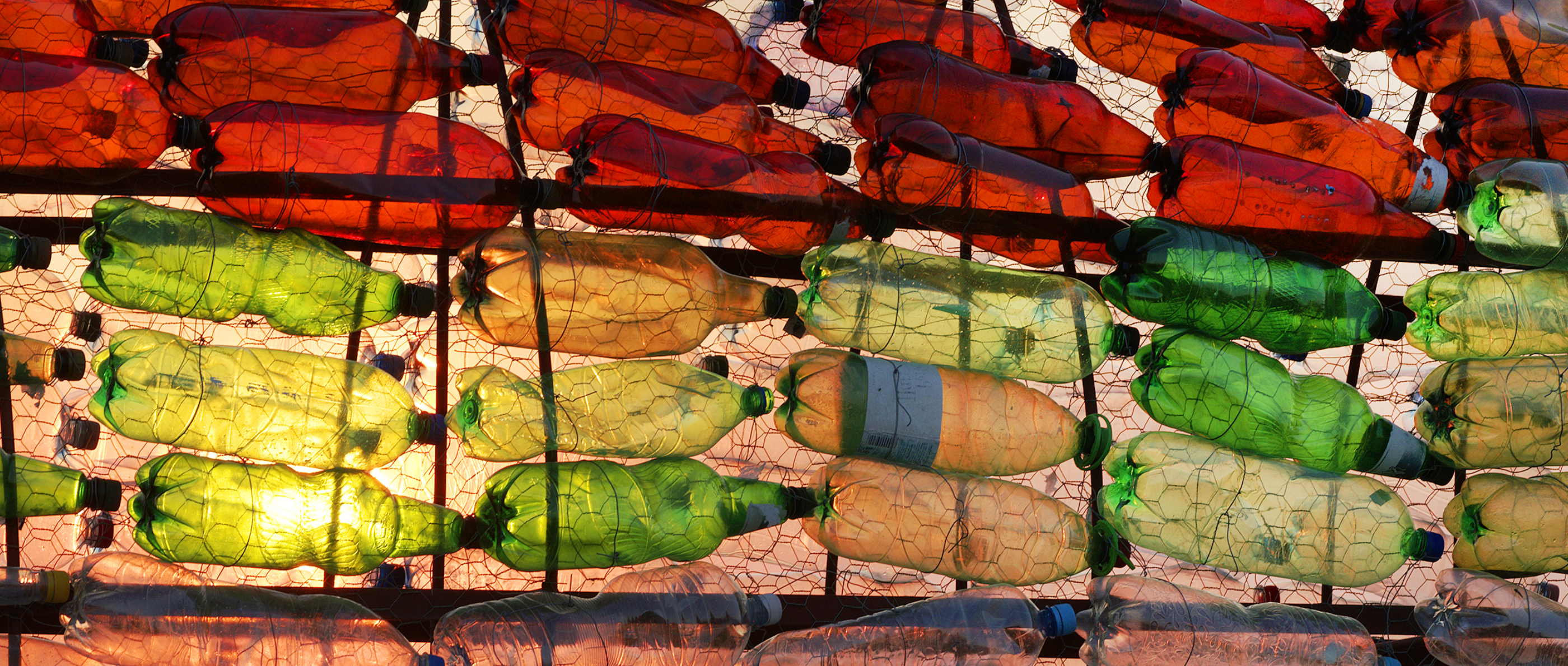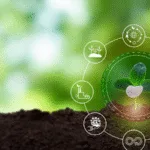
20 September 2019,Brussels. – By signing the Declarationof the Circular Plastics Alliance, the European Chemical Industry Council(Cefic) joins the EU-wide voluntary movement to increase recycling and theuptake of recycled plastics in the EU by 2025.
The chemical industrycan play a leading role in increasing the amount of recycled plastic by scalingup the chemical recycling technology.
Approximately 15% ofthe plastic waste generated in the EU currently finds its way back intothe EU market, and the only recycling technology available now at large scale ismechanical recycling. But not all types of plastic waste can be efficientlytackled by mechanical recycling. Other technologies, including chemicalrecycling, are needed to increase the amount of recycled plastic.
Cefic President Daniele Ferrari: “Chemical recycling is a game changer for plastic recycling as it means that more types of plastics can be transformed into new material. Scaling up this technology will make Europe a global leader in circular economy solutions. Complementing mechanical with chemical recycling will be essential to solve the EU plastic waste problem and achieve the Alliance’s target of having 10 million tonnes of recycled plastic back into products by 2025.”
Chemical recycling can process mixed or contaminated plastic waste and break it down into valuable building blocks for new chemical products, including plastics. The cycle can be repeated all over again, which means that no plastic will end up in a landfill. Chemical recycling will also be an important step in managing legacy chemicals in waste.
The Declaration has also been signed by more than 90 other EU trade associations, companies, public authorities and members states involved in the plastics value chains.
Background information
Chemical recycling is a process that allows the recycling of lower grade and mixed plastic waste. While solid and pure plastic waste, such as plastic water bottles, can be recycled mechanically, chemical recycling has the capacity to process waste from multi-layered plastic products, such as food packaging, and products that contain legacy chemicals which must be removed before recycling.
During the chemical recycling process, the structure of plastic is changed and converted into chemical substances, including monomers, that are used again as a new raw material. In other words, plastic waste is recycled into new resources for the chemical industry. These resources can then be used to make new plastic, rather than using non-renewable resources, or other chemical products.
The plastic made from chemically recycled material is of the identical quality and properties as ‘virgin’ plastic and can be used in the same products or packaging.











